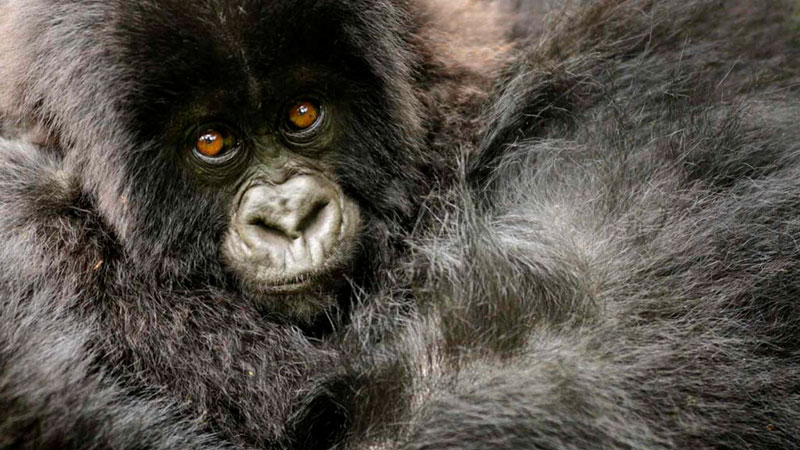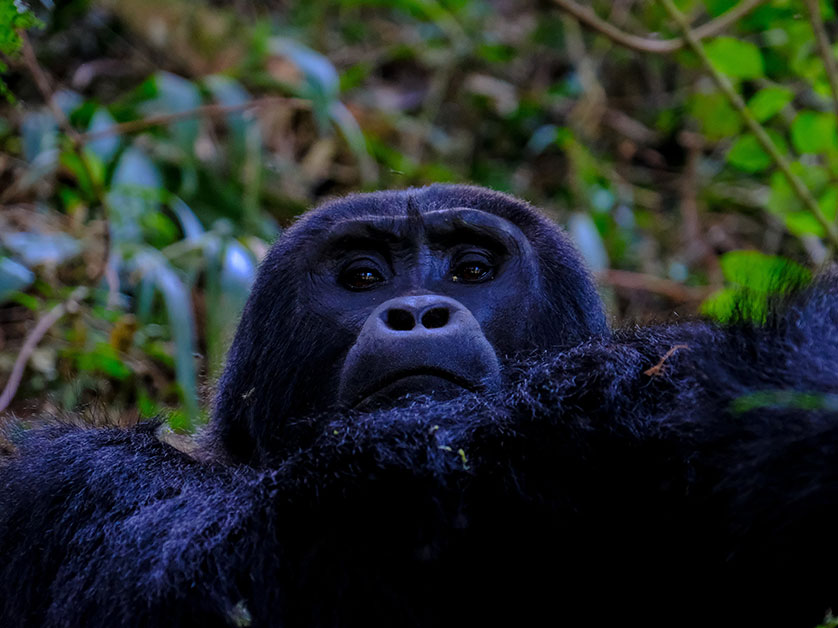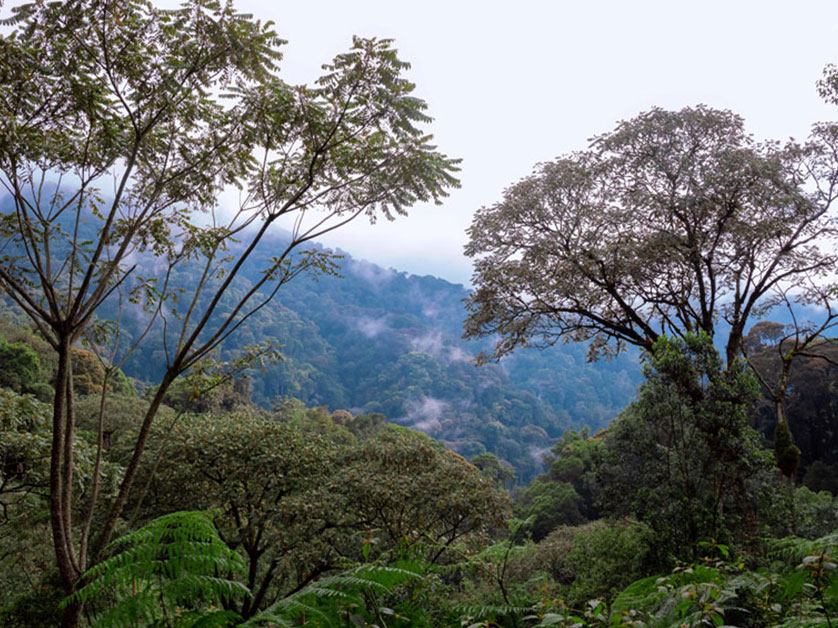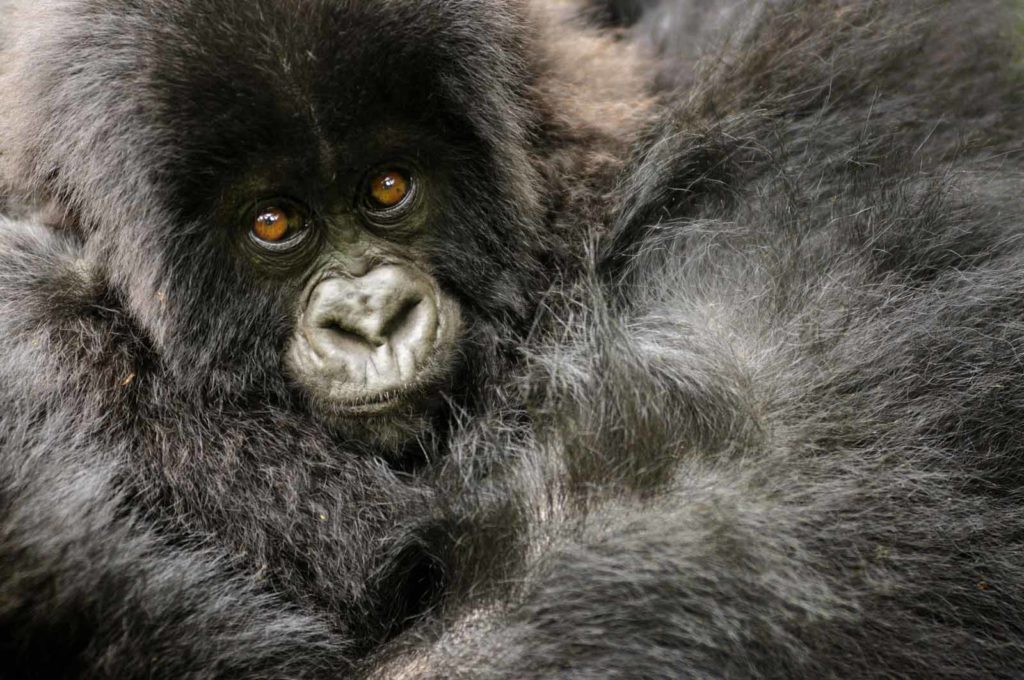Why visit Uganda for gorilla tracking in Bwindi: Uganda, the "Pearl of Africa," is a…

How many gorillas are in Bwindi
How many gorillas are in Bwindi Impenetrable Forest National Park, located in southwestern Uganda, is renowned for its remarkable population of mountain gorillas. These magnificent creatures, often referred to as one of our closest relatives in the animal kingdom, have captured the hearts of wildlife enthusiasts and conservationists worldwide. The park is a sanctuary for these critically endangered primates, and the number of gorillas in Bwindi is approximately 400.
Estimating gorilla populations is a challenging task, and researchers and conservationists employ several methods to come up with these figures. One of the most common methods is the use of direct observations. Experienced trackers and researchers venture into the dense forest to locate gorilla groups, monitor their movements, and habituate them to human presence for research and tourism purposes. These direct observations help in identifying individual gorillas and keeping track of their numbers and health.
Additionally, genetic analyses are used to estimate the gorilla population. By collecting fecal samples, researchers can extract DNA and identify individuals based on their unique genetic profiles. This approach allows for a more accurate count and also helps in monitoring genetic diversity within the population.
To estimate the total number of gorillas in Bwindi, researchers often divide the park into different regions and conduct surveys in each of them. The results from these surveys are then extrapolated to estimate the entire population. These surveys take time and effort and are usually carried out periodically to provide updated population figures.
In Bwindi, the gorilla population is further categorized into several habituated groups, each led by a dominant silverback. The habituation process is essential for researchers and tourists alike, as it allows for safe and non-intrusive observation of gorillas. Each habituated group is assigned a unique name, and visitors can participate in gorilla trekking experiences to see them in their natural habitat.
The critically endangered status of mountain gorillas is a result of habitat loss, poaching, and disease transmission from humans. Conservation efforts in Bwindi and neighboring parks have been instrumental in stabilizing and increasing gorilla populations. Conservation organizations like the International Gorilla Conservation Programme (IGCP) and the Uganda Wildlife Authority (UWA) have been actively involved in protecting these animals and their habitat.
One of the most notable conservation success stories in Bwindi is the steady increase in the number of gorillas over the years. As more tourists visit the park, the revenue generated from gorilla trekking permits is reinvested in conservation efforts, local communities, and improving the overall protection of the gorillas. These funds help maintain anti-poaching units, enhance park infrastructure, and support community projects, which, in turn, reduce the human impact on the gorillas’ habitat.
In conclusion, Bwindi Impenetrable Forest National Park is a critical stronghold for mountain gorillas, with an estimated population of approximately 400 gorillas as of September 2021. Conservation efforts, including research, tourism, and community engagement, have played a vital role in protecting these magnificent creatures and their unique habitat. As we look to the future, continued conservation initiatives will be essential in ensuring the survival and well-being of the mountain gorillas in Bwindi and across their entire range.


